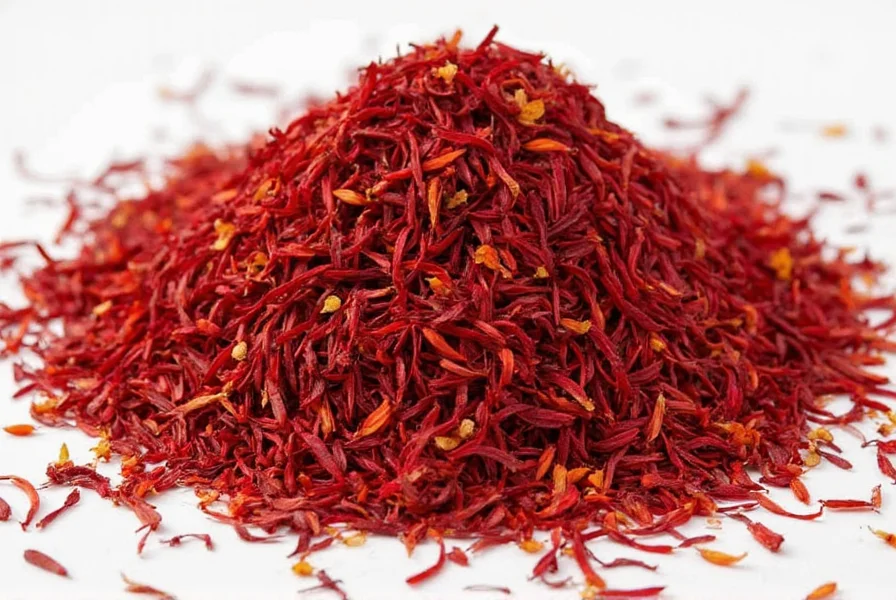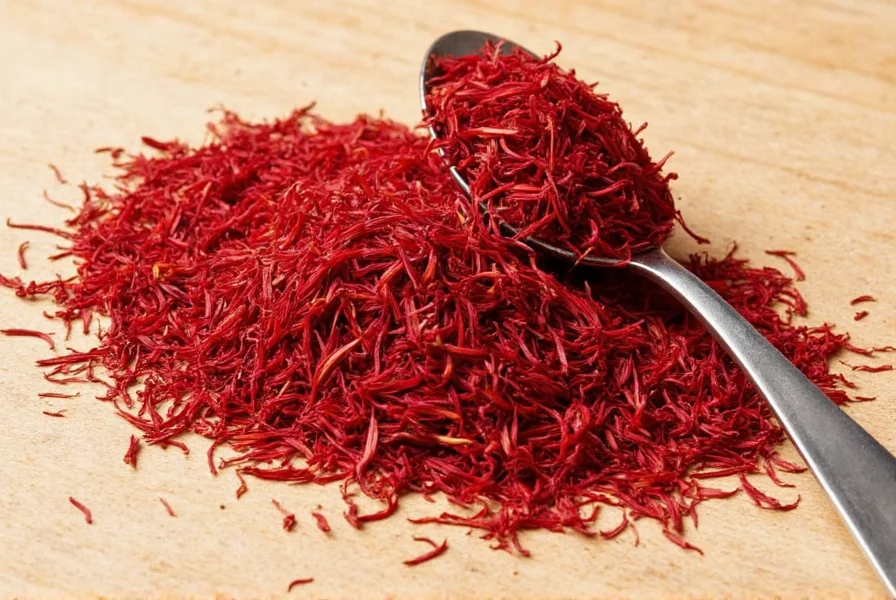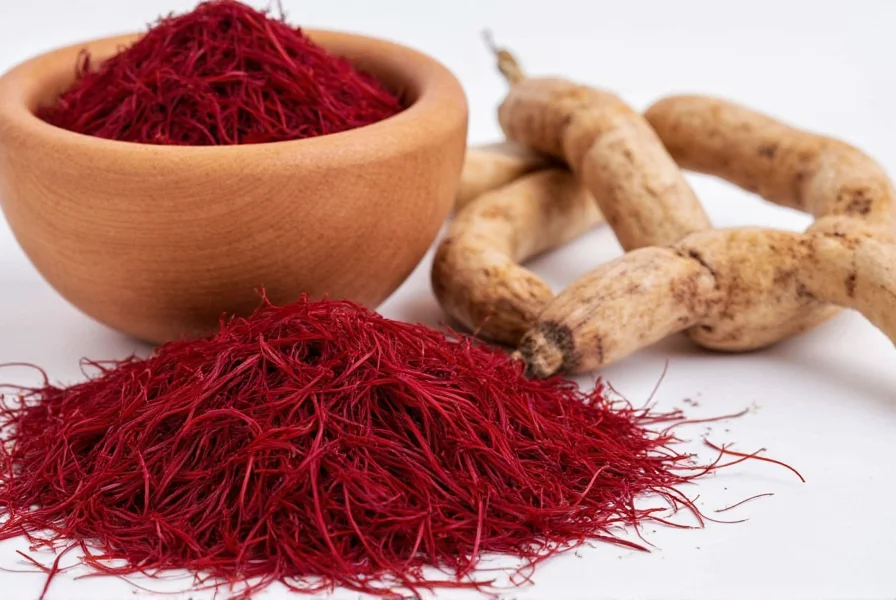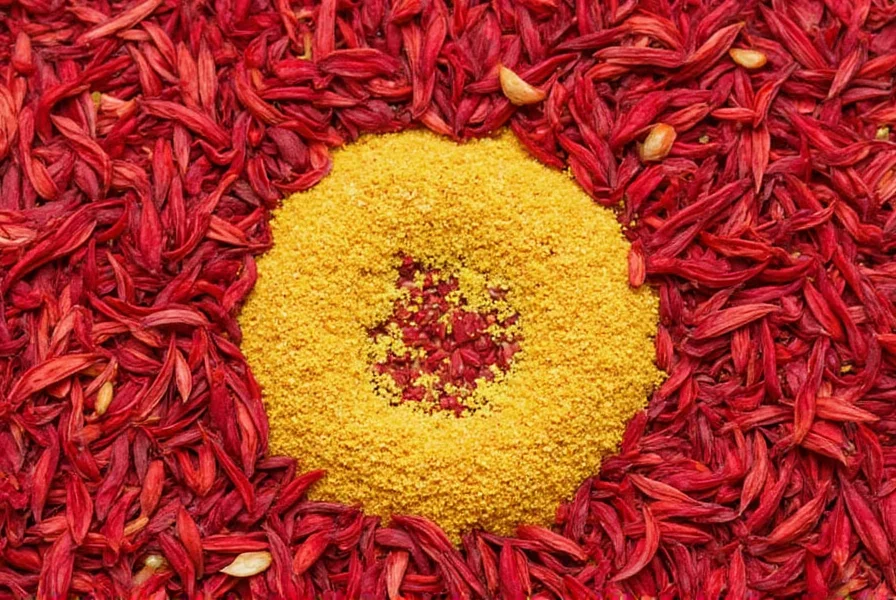Saffron typically costs between $5 and $60 per gram, depending on quality grade, origin, and certification. In this guide, we break down exactly what affects saffron cost per gram, how to identify authentic saffron, and expert tips to maximize your investment without overspending.
Whether you're a home cook or professional chef, understanding saffron pricing helps you make informed purchases. We'll cover everything from price ranges across different grades to storage hacks that extend shelf life.
Table of Contents
- Why Saffron Is So Expensive
- Understanding Saffron Cost Per Gram
- How to Buy the Best Saffron
- Storage Hacks for Longer-Lasting Saffron
- Usage Hacks: Getting the Most Out of Your Saffron
- Buying Guide: Saffron Products Worth the Investment
- FAQ Section
- Conclusion

Why Saffron Is So Expensive
Saffron isn't just pricey because it wants to be dramatic. It's expensive due to a combination of biological, labor-intensive, and logistical factors:
- Hand-Harvested: Each saffron stigma must be hand-picked from the Crocus sativus flower — each flower yields only three stigmas.
- Time-Sensitive Harvest: Blooms happen once a year, usually in autumn, and harvesting must occur early in the morning before the flowers wilt.
- Drying Process: After harvesting, the stigmas must be carefully dried by hand to preserve flavor and color.

Understanding Saffron Cost Per Gram
The true value of saffron is best measured by its saffron cost per gram. This metric helps compare quality across brands and origins. Here's a rough idea of what you might expect:
| Quality Grade | Average Price Range (USD) | Description |
|---|---|---|
| Super Negin (Top Grade) | $30–$60 per gram | Long, deep red threads with no white parts |
| Negin | $20–$40 per gram | Pure red threads, slightly shorter than Super Negin |
| Bunch | $10–$25 per gram | Threads still attached to the style, less potent flavor |
| Powder | $5–$15 per gram | May be mixed with fillers; harder to verify authenticity |

How to Buy the Best Saffron
Shopping for saffron doesn't have to feel like entering a minefield. Follow these guidelines to ensure you get the real deal at a fair price:
- Look for Whole Threads: Powdered saffron can be cut with turmeric or other spices. Whole threads are easier to verify for purity.
- Check for Certification: Brands with ISO certification or labeled as "ISO 3632" meet international standards for quality and purity.
- Origin Matters: Iranian saffron dominates the market (over 90%), but Spanish and Kashmiri saffron are also highly regarded.
- Color & Smell Test: Authentic saffron should have a rich crimson hue and a floral, earthy aroma — not dusty or bland.
Storage Hacks for Longer-Lasting Saffron
Saffron has an impressive shelf life when stored correctly. The key is to keep light, moisture, and air away from it. Here's how to do it right:
- Use Airtight Containers: Store saffron in a small glass vial or tin with a tight-fitting lid.
- Keep It Cool and Dark: A pantry drawer or spice cabinet away from heat sources is ideal.
- Avoid Moisture: Add a desiccant packet if available, or store it near rice to absorb humidity.
- Buy in Small Quantities: Even high-quality saffron loses potency over time. Better to buy what you need for a few months rather than stockpiling.

Usage Hacks: Getting the Most Out of Your Saffron
Using saffron effectively means stretching its flavor and color without wasting a single thread. Here are some pro tips:
- Soak First: Crush a few threads and soak them in warm water, broth, or milk for 10–20 minutes to release maximum flavor and color.
- Use Less Water: The more liquid you use, the more diluted the color and taste become. Use just enough to moisten the threads.
- Add Early: In dishes like paella or risotto, add soaked saffron early so the color distributes evenly throughout the dish.
- Make Saffron Butter: Infuse softened butter with crushed saffron threads and freeze in portions for future use.
- Create Saffron Oil: Heat olive oil with saffron threads on low heat until fragrant. Strain and use to finish pasta, fish, or bread.
Buying Guide: Saffron Products Worth the Investment
If you're ready to invest in premium saffron, here are a few standout products that offer excellent value and quality:
| Product Name | Key Features | Best For | Recommended Use |
|---|---|---|---|
| Iranian Super Negin Threads | Premium grade, long red threads, ISO certified | Professional chefs and serious home cooks | Risottos, seafood dishes, desserts |
| Spanish La Mancha Saffron | Certified Denomination of Origin, sweet aroma | Traditional Spanish recipes like paella | Main courses, sauces, broths |
| Kashmiri Mongra Saffron | Fragrant, deep red, rare and highly prized | Luxury cooking and gifting | Sweet and savory dishes, teas |
| Organic Saffron Starter Kit | Includes threads, mortar/pestle, recipe cards | Beginners and saffron-curious foodies | Learning to cook with saffron |
Frequently Asked Questions About Saffron Cost
Why does saffron cost per gram vary so much between different brands?
Saffron prices vary based on quality grade, origin, harvesting methods, and certification. Higher grades like Super Negin have longer, fully red threads with no white styles, which requires more flowers to produce and commands premium pricing. Certified saffron (ISO 3632) also costs more due to quality assurance processes.
Is expensive saffron worth the higher price per gram?
Yes, when purchased from reputable sources. Higher quality saffron delivers more potent flavor and color, meaning you use less per dish. When calculated by actual usage rather than just per gram, premium saffron can be more cost-effective. Lower quality or adulterated saffron may require larger quantities to achieve the same results, ultimately costing more.
Is powdered saffron worth buying?
Powdered saffron can be convenient, but it's more prone to adulteration. If buying powder, ensure it's from a reputable brand and used immediately after purchase.
How much saffron do I really need?
For most dishes, a pinch (about 20-30 threads) for 4 servings is sufficient. More won't necessarily enhance the flavor -- in fact, too much can become bitter.
Can I grow my own saffron?
Yes! You can grow saffron at home using Crocus sativus bulbs. However, it requires patience and space -- and likely won't replace store-bought saffron unless you're cultivating in bulk.
What is the best way to test saffron authenticity?
Drop a few threads in hot water. Real saffron will slowly release a golden-yellow color and a subtle floral scent. Fake saffron may turn water instantly orange or have no smell.
Conclusion
Saffron remains one of the most enchanting yet intimidating spices in any kitchen. Its saffron cost per gram might give you pause, but with proper storage, mindful usage, and smart purchasing decisions, you can enjoy its unique magic without overspending.
Remember, saffron is all about quality over quantity. With a little knowledge and a lot of love, even a tiny sprinkle can transform your dishes into culinary gold.
Happy cooking — and may your saffron always be pure, potent, and perfectly priced!










 浙公网安备
33010002000092号
浙公网安备
33010002000092号 浙B2-20120091-4
浙B2-20120091-4